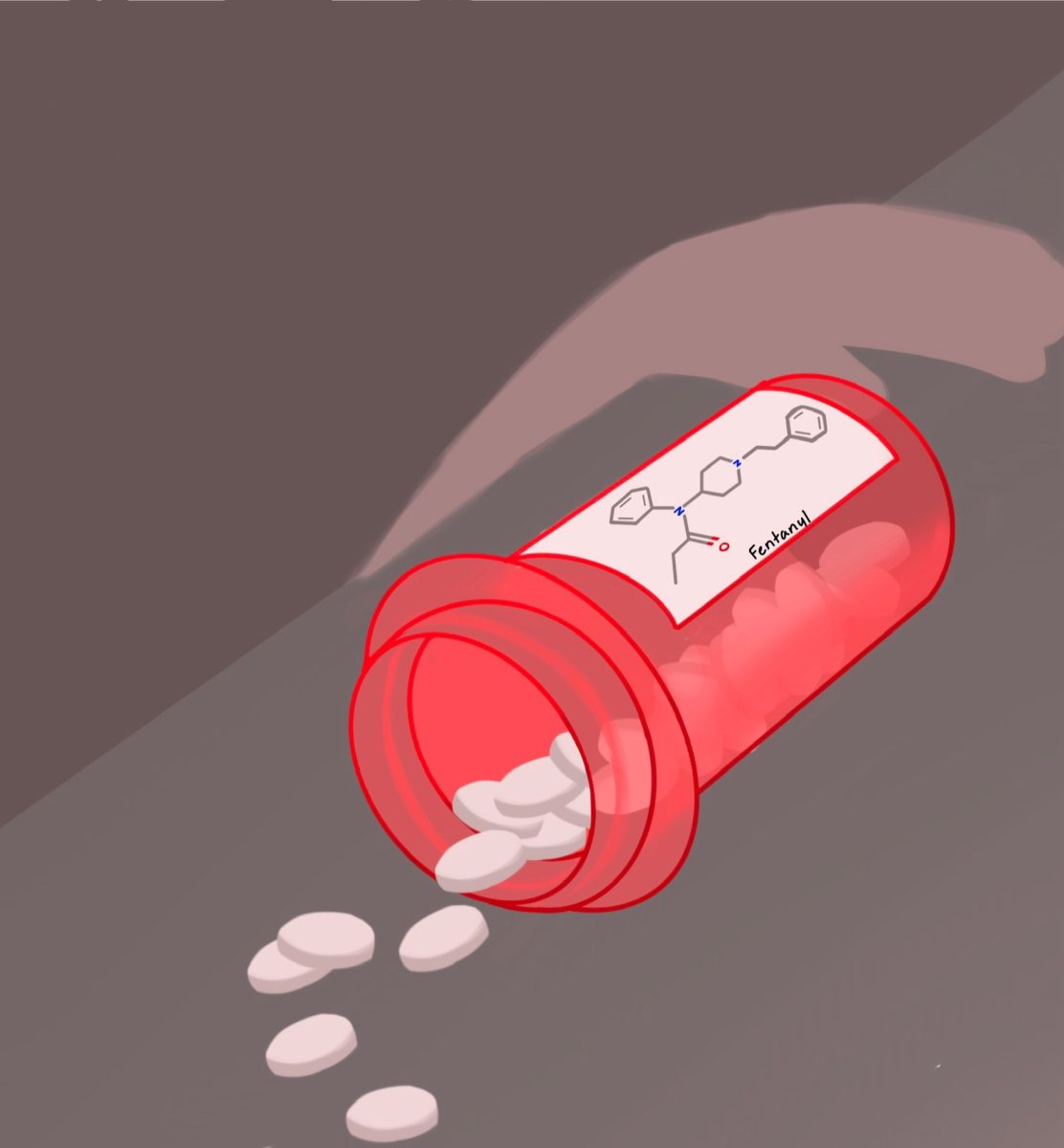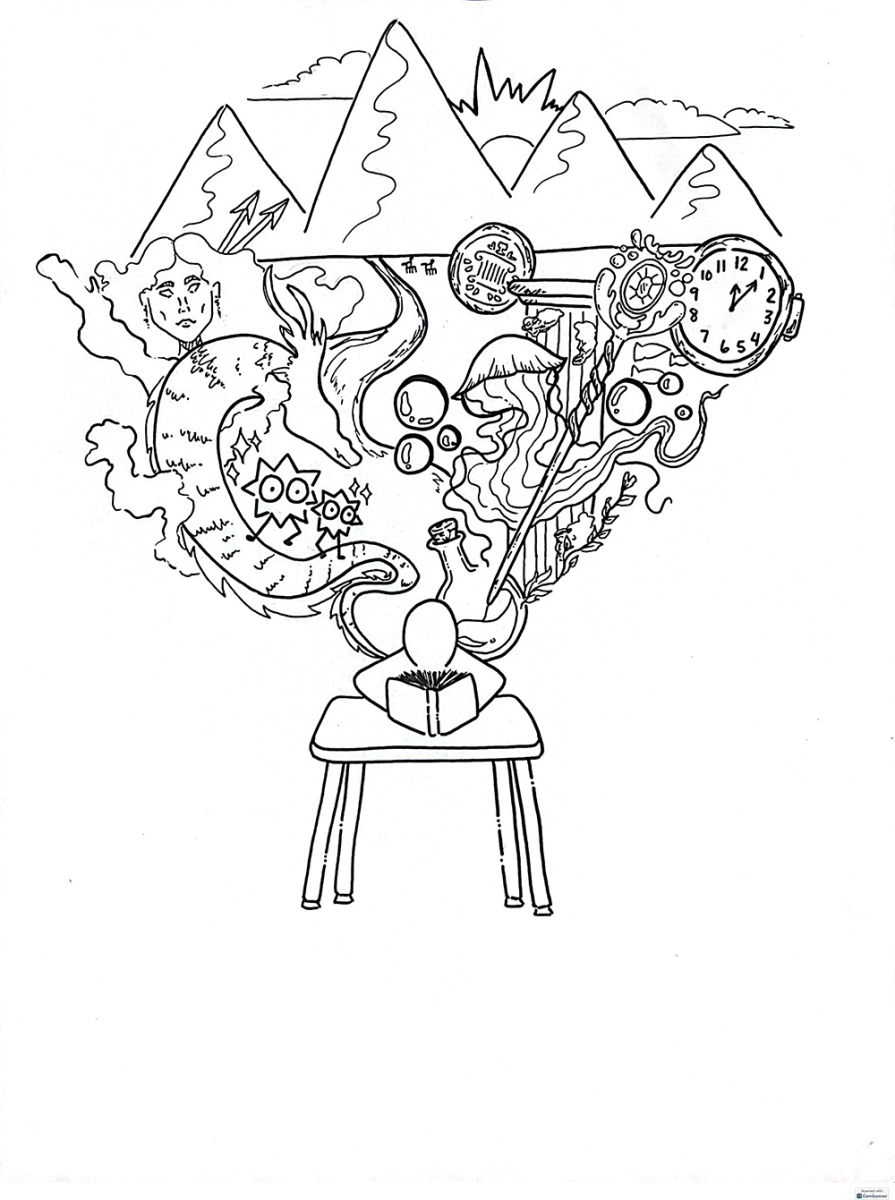A BHS student prepares his Scantron form. Photo by Jeffery Zuckerman
By Micah Josefovitz, Staff Writer
We all know the drill. Waiting in your seat for the dreaded multiple-choice form can be painful, but once you receive it, have you ever read between the bubbles? Why are Scantrons used?
Scantron forms have become an integral part of the American educational system, and they shape the way that we learn.
Have you ever wondered how these Scantron forms came to be?
The idea was actually conceived by a small group of people in Eagan, Minnesota in 1972, according to Derek Wuersch, a representative for the Scantron Company. Hot off of working for 3M, these individuals decided to jumpstart the Scantron phenomenon.
Multiple choice testing has been in use since the early 20th centuries, but the Scantron corporation made them much more widely used in schools.
BHS Social Studies teacher Pam Ogilvy described how Scantrons can be useful in preparing her students for the OGTs (Ohio Graduation Tests). Oglivy is known for her aggressive OGT preparation.
BHS Science teacher Jamie Lader doesn’t use Scantrons very often (if at all), because he says, “[as a kid] I couldn’t stand them. I got bad headaches from using the forms.”
According to Wuersch, the mission statement of the Scantron Company is to, “Deliver the most advanced data collection; testing, assessment, and systems maintenance products, and services, while providing unequaled customer service and innovative solutions for commercial and education markets.” He also explained that the Scantron Company is a for-profit company.
The Scantron Corporation offers a loan program allowing schools to use their grading scanners for free, with complimentary maintenance. BHS, like most schools, is an active beneficiary of this program. If Beachwood were not a part of this program, the cost of a scanner would be $2589.
The test sheets are not free, even for schools participating in the loan program.
According to English teacher Casey Matthews, it costs $850 for 6000 sheets, a price that comes directly out of each department’s budget, a hefty fee for a utility, that, in Lader’s words, is a tool for “the teacher, not the student.”
Is it worth it? Four departments (English, Math, Science and Social Studies) spend a total of $3400 to pay for… what? Efficiency? Ease of use? Student preference? What reason can be given for this massive outpour of precious resources; resources that could be used for updated textbooks or refurbished networking?
Students asked about the matter were mostly against it, with Sophomore Rachel Erenrich blankly stating, “I don’t like Scantrons.”
There were only two who favored Scantrons. Juniors Diana Brogdon and Desiree Assande agreed that Scantrons “make [testing] easier.” Both also agreed that short answer tests pale in comparison, with Brogdon stating, “Heck no. We’re trying to get [the test] over with.”
Erenrich prefers short answer to Scantrons, because with multiple choice tests, “you’ve got to be perfect [in filling the circles in].”
Does Scantron limit student creativity? Matthews explained that, “an A, B, C, or D choice will not adequately assess understanding a book and its themes and characters.” When asked if using Scantron is related to laziness on the teacher’s part, Matthews points out that, “If I have 110 students, that’s a LOT of grading. I’ve got two kids at home. I don’t know if laziness is the right word. It’s efficient.” She also described a method to make Scantron tests creative with a “mark all that apply” usage, where “for Greek Mythology, it doesn’t have to be easy. You can manipulate them to make it harder.”
Lader agreed wholeheartedly, and Oglivy shared a story: “I gave a test for my midterm. It [Scantron] was the best way to assess student understanding on virtually 70 years of content. I don’t think I was being lazy. I think I was trying to fit in 70 years of content into a two hour test”—a daunting task which apparently is made easier by Scantron.
Educating increasingly diverse and unique students is a demanding task, but if teachers find it useful, and students (who will always find something to gripe about) benefit, there might be some value to Scantrons after all.











![“My parents have always said that education is important. My parents are Chinese immigrants, I'm Chinese American, [and that's a] value that has always been ingrained in our community,” said Senior Lyndia Zheng, pictured with Tony Zheng](https://bcomber.org/wp-content/uploads/2025/10/DSC_4244.jpg)



